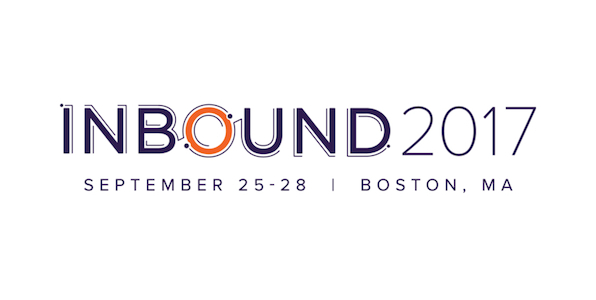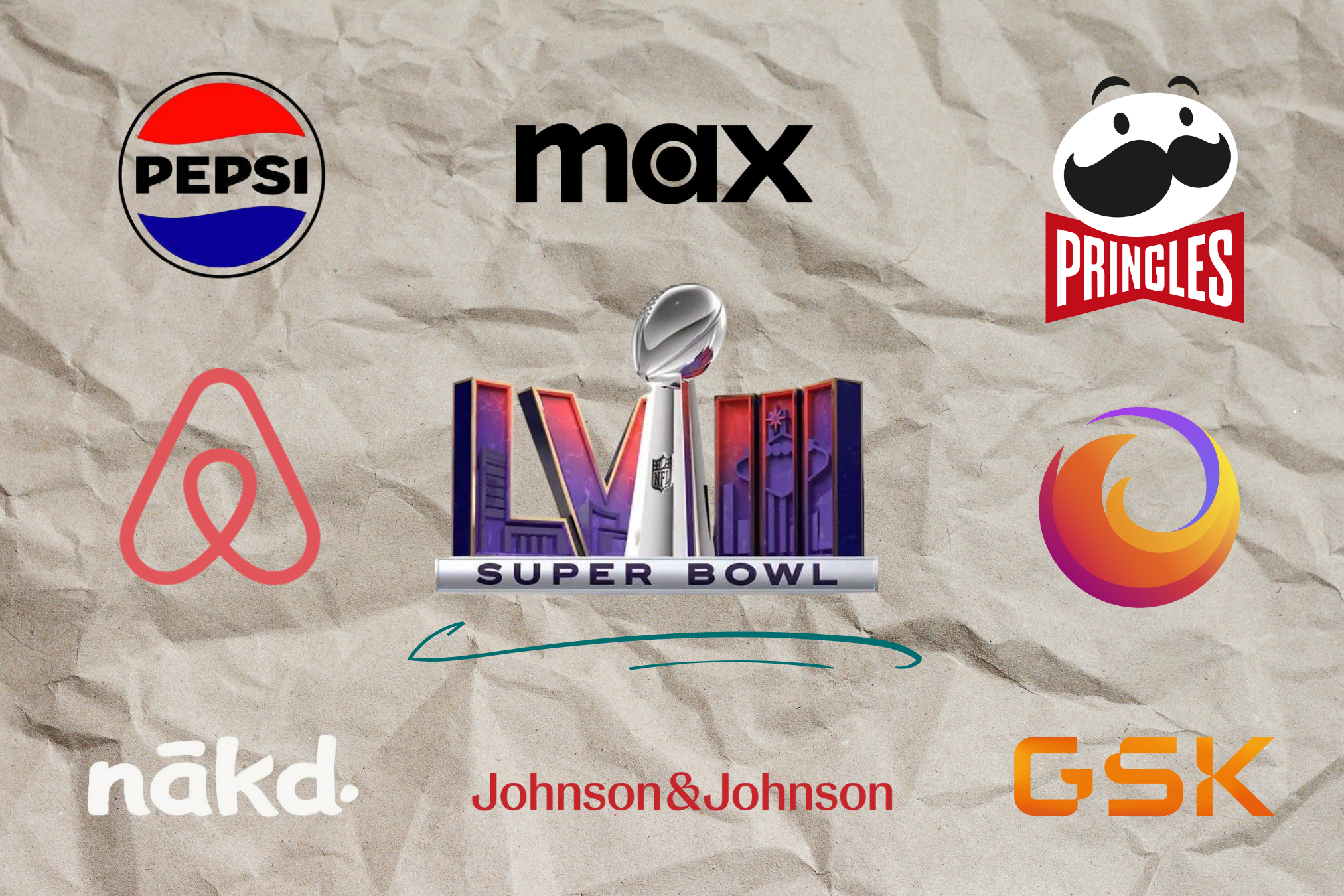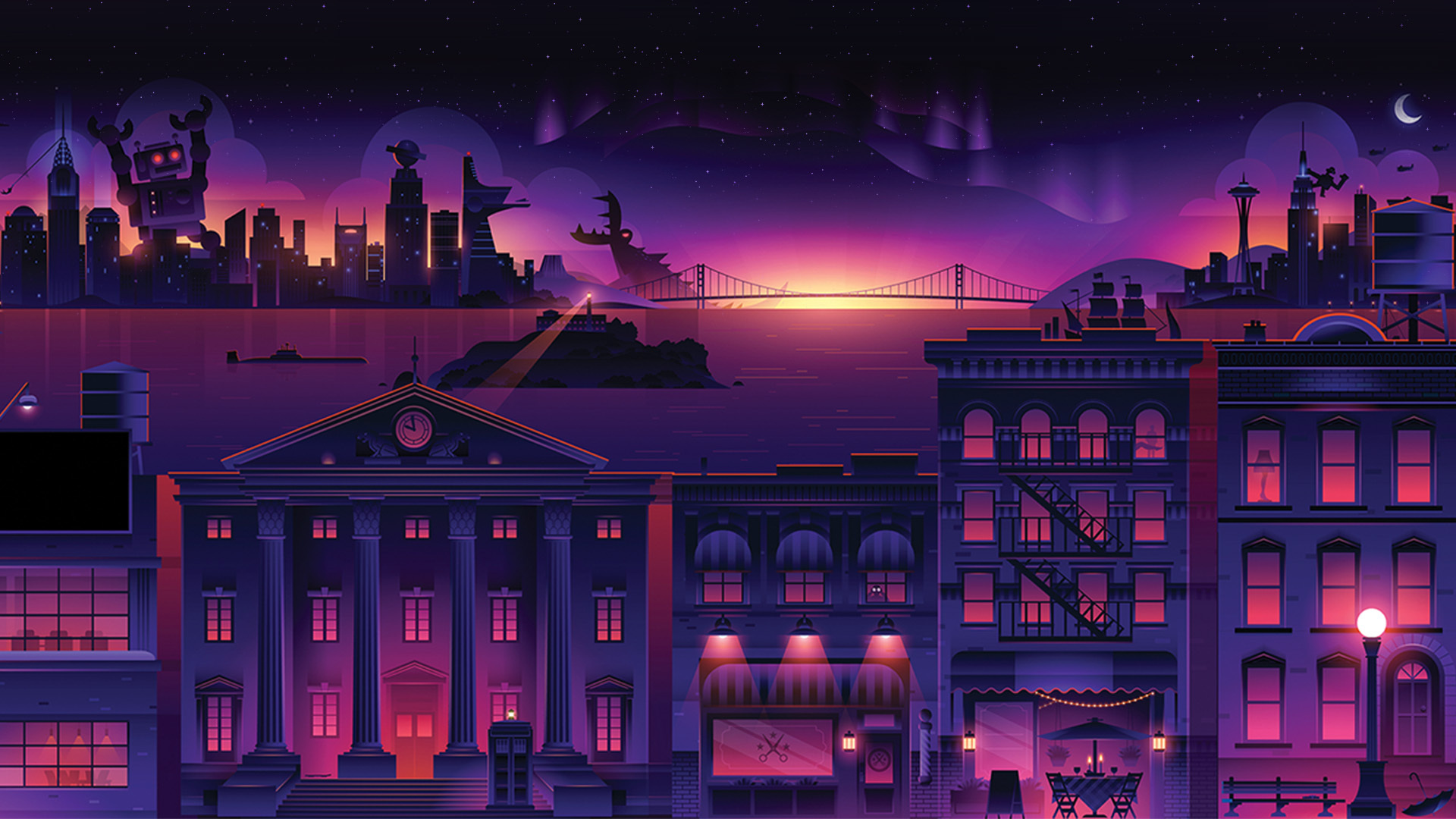As reliable as the leaves changing color, the temperatures dropping a few degrees, and Starbucks rolling out the Pumpkin Spice Latte (and everyone’s personal feelings around pumpkin flavors), each fall, Boston’s population suddenly swells with digital marketers. 20,000+ people stream in from all over the world for Inbound, the digital marketing conference hosted by Hubspot. It’s a chance for marketers, entrepreneurs and creatives to network, mingle, learn, and get inspired. Speakers range from the mega-famous (um, hi MICHELLE OBAMA) to small agency owners or speakers sharing a few nuggets of wisdom with anyone willing to listen.
I’ve been lucky enough to attend Inbound for the last two years, and I always leave feeling like I can scale 10-foot walls in a single bound. I’m so buoyed by new ideas and inspiring concepts that I can’t wait to share every tidbit with my team. Rather than unleash all this learning on them like an open fire hydrant, however, I thought I’d channel my enthusiasm into this article for the Our Notebook audience!
I came away from the conference with four great ideas to try.
1. Have Some Empathy.
There was no official theme to the conference this year, but if there was, it would be empathy. I don’t want to bring politics into this post, but I would be remiss not to acknowledge that we live in a troubled and divided world. Brene Brown, Michelle Obama, and hundreds of others spoke to the power of empathy and the impact it can have in our world. And truly, this concept has never been more powerful than it is now.
The practical application echoed repeatedly was: “Help your customers. Don’t sell to them.” As creatives and marketers, this means taking a step back, putting ourselves in our audience’s shoes and truly understanding them. What are their pain points? What are our services doing to improve or enhance their lives? What does your audience need that you haven’t provided for them? An authentic, empathetic voice and message will be the most impactful way to connect with your audience in the years ahead.
2. Ramp Up Your Messaging.
The big tech trend at Inbound last year was messaging services. At their conference last year, Facebook announced that Facebook Messenger has over 1 billion active users (!!!), and has recently opened this tool up to businesses to keep in touch with their customers too. Thought leaders at Inbound predicted that using a messaging service or chat bot software can help eliminate some potential roadblocks in customers’ paths to purchase, while at the same time avoiding the need to pick up a phone and call someone (gross, right?).
This seems like an odd point to follow up empathy with. But the truth is, in this modern and digital age, we are much more apt to look for information on our own rather than asking someone else. How many times have you Googled how to do something rather than reaching out to someone else you know who could help you? Personally, I spent a good hour Googling which cleaning products were safe to use on my gas oven without blowing up my apartment before caving and just asking my mom.
My point is, empathize with your audience by understanding your tendencies for wanting to source and locate a solution to your problem independently. Not everyone has the resources to build or pay for a chat bot for their personal or business website, but maybe you could get a “Contact Me” section built where someone can easily and quickly get in touch with you. Do you have an FAQ section that may address common questions or concerns about your services? Do you have your direct messages set to “public” on Twitter? Try one or all these, and see if it helps bridge the communication gap between you and your audience.
3. Use “Yes, and …”
This is the new favorite statement used by improvisers all over the world. In order for an improvised scene to be successful and funny, scene partners need to agree and build on one another’s ideas rather than shoot them down.
For example:
“Slow down! You’re driving too fast!”
“What are you talking about? We’re not driving; we’re at the grocery store,”
versus,
“Slow down! You’re driving too fast!”
“Well, I’m never going to be a good racecar driver if I don’t practice!”
Which of those exchanges leads to a stronger, funnier result?
As a lifelong theatre student, I wasn’t sure I’d have much to glean from the talk on improv for marketers, but as soon as the “Yes, and …” concept was introduced, I realized how infrequently I use that tactic at work. If an idea or pitch clashes with my sensibilities or what I think is plausible, I’m quick to shoot it down (“We’re not driving”), rather than build off it. My personal challenge walking away from Inbound is to “Yes, and …” my team more! It will lead to better, stronger work, and it will make my team feel supported and safe when they introduce new ideas. And that’s a win for me too, because that’s exactly how I want my co-workers to feel, and the kind of workspace I want for myself. So next time you’re in a meeting, make like Tina Fey: “Yes, and …!”
4. Change the Story by Changing the Storytellers.
In 2016, Teen Vogue went from just another teen magazine to one of the premier sources for forward-thinking political, cultural, and fashion journalism. How did they accomplish such a huge brand U-turn? Editor-in-Chief Elaine Welteroth credits it to diversifying their staff.
By changing who had a seat at the table, they changed what kind of stories they told. For example, they realized that they didn’t need to stay pigeonholed into stories about makeup and prom dresses; teenage girls were expressing an interest in political and current events in addition to which highlighter would give them a better glow. They expanded their staff of writers and the kinds of topics they covered. The result was not only a broader audience that now stretches well beyond their young female demographic (Welteroth mentioned proudly that Dan Rather now counts himself as a reader), but national acclaim for their publication.
If you are looking for this kind of change, look for the voice or experience in your organization that is missing and act on adding that person to the mix. But not all of us are able to make those kind of hiring decisions, or perhaps you’re not in a place where diversity is a huge priority for your company. Reaching back to the empathy theme, it’s important to understand the need for a voice or representation that mirrors your audience’s own experience. If your work isn’t connecting with your audience in the way you anticipated, think about any other voices or experiences that may resonate with them more.
You may not be able to hire someone who has that voice, but maybe you know them personally. Can you take them out for a working lunch and ask them to share their experiences with you? Can you seek out writers and artists whose voices resonate with your audience? Fold their work into your media diet. If you can’t impact the table at work, change your creative and digital roundtable.
It was remarkable to be at a digital marketing conference that gave me so many personal insights in addition to professional ones. Inbound encouraged its attendees to do more than buy a new piece of software or track a particular trend; it challenged us to look inward and see how we can improve upon ourselves and apply those same improvements to our professional lives.
Julie is the Project Manager for Creative Circle’s marketing team, and a life-long passionate storyteller. She manages the day-to-day workflow for the Marketing team, and oversees email marketing, marketing automation, and various other digital marketing initiatives. Julie has her B.A. with honors in Theatre and Creative Writing from Butler University. She is a Kentuckian by birth, Chicagoan by choice, and a fan of Beyonce, Gilmore Girls, and writing in pen. She is always trying to get a reservation at Girl and the Goat.




Excellent article and perspective. As a creative agency I think empathy is key when we are dealing with our clients as well as our talent. If we cannot understand their pain points and really understand their issues/challenges, then how can we provide real solutions.